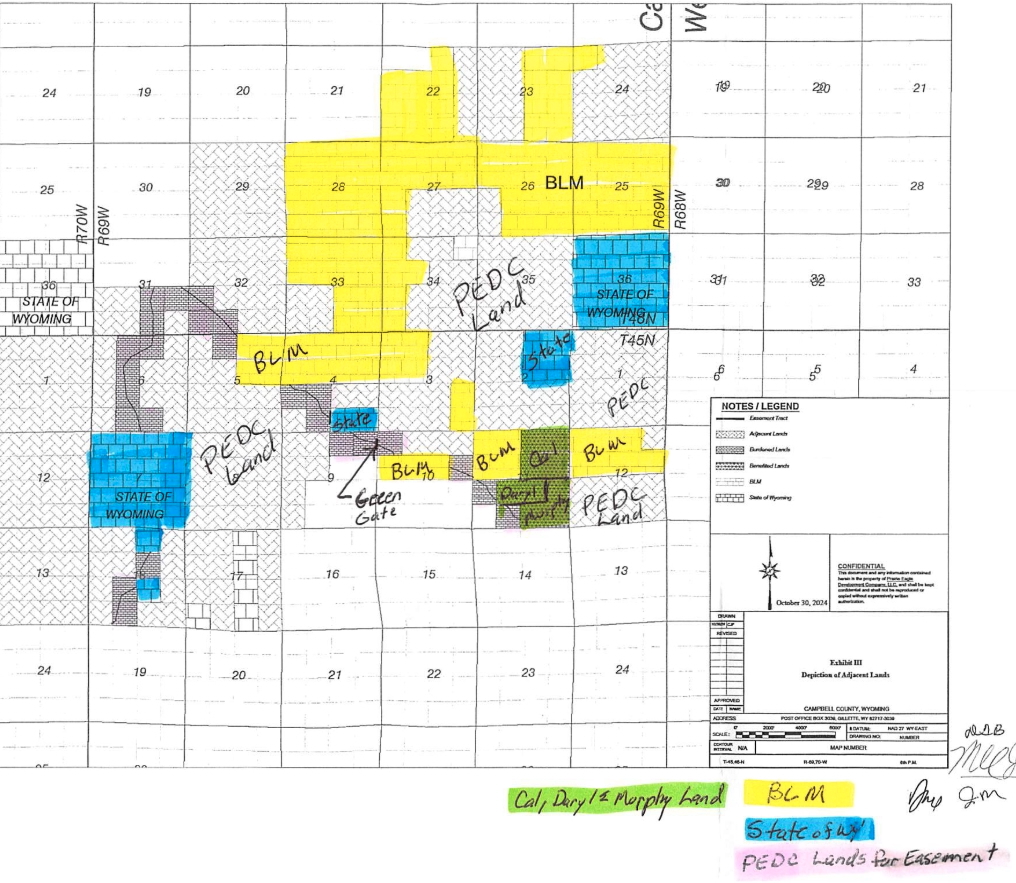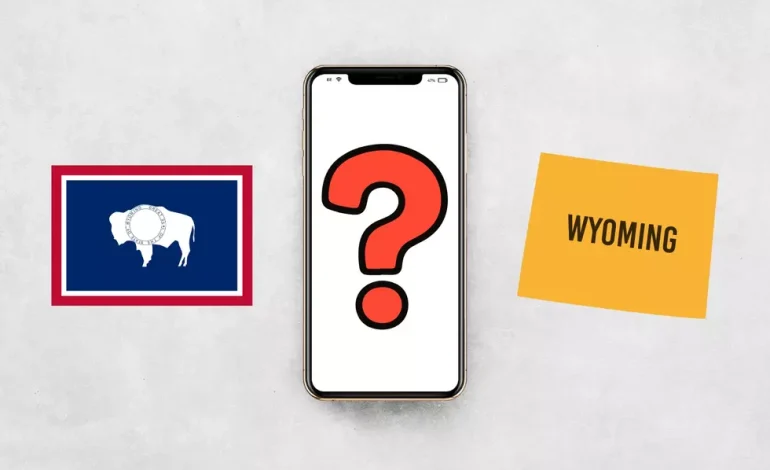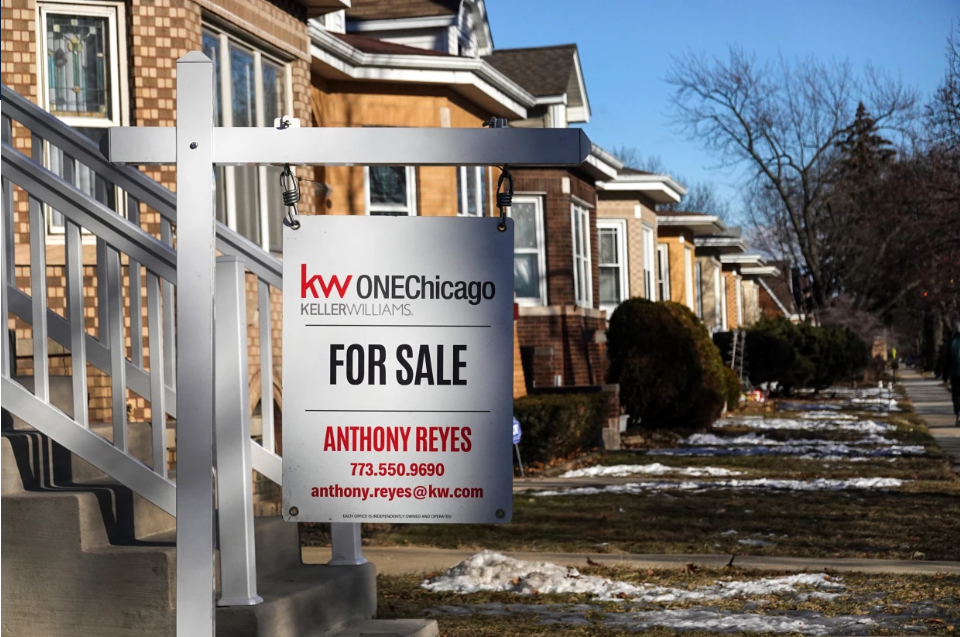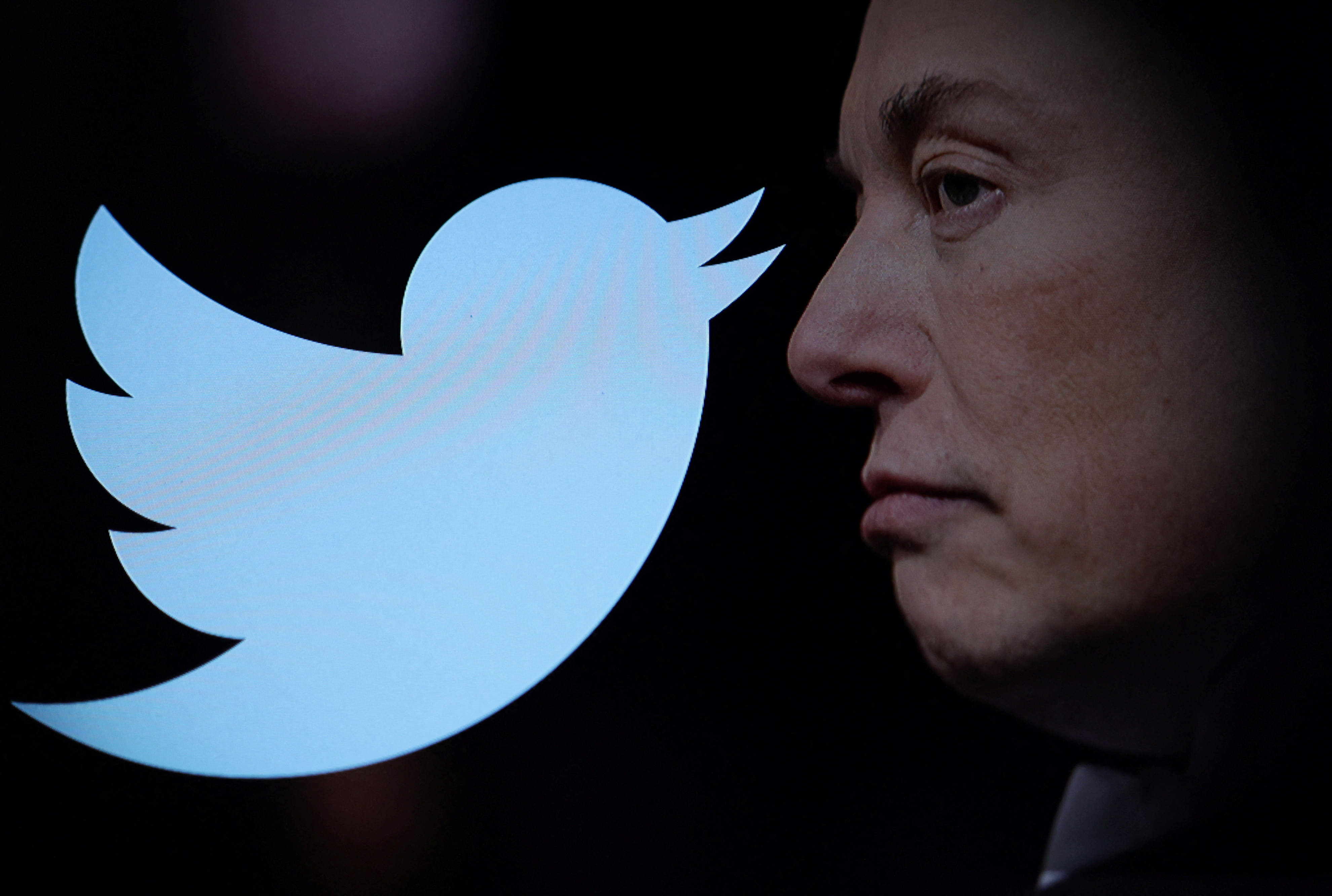The original story by DJ Nyke for K2 Radio.
Shopping for a new carrier in Wyoming isn’t like picking one in Denver or LA — the menu’s smaller, the distances are bigger, and the weather loves to stress-test your signal. The good news: compared with 25 years ago, coverage is miles better and your phone can do a lot more than calls and texts. The trick is sorting the hype from the map.
Daily data from WhistleOut points to a clear pecking order. Verizon still wears the overall crown in the Cowboy State, blanketing roughly 80.56% of Wyoming with 4G, sprinkling in 11.56% 5G, and topping out near 800 Mbps in ideal conditions. If your life takes you down lonely highways and into wide-open ranch country, that’s the network most likely to hang on to bars. T-Mobile is the 5G champ by a mile, covering about 55.31% of the state with next-gen service and 63.53% with 4G, with peak speeds that can hit around 628 Mbps when everything lines up; if you live in or near Wyoming’s population hubs and want fast data today, it’s the flashy play. AT&T slots in as the steady all-rounder — roughly 54.2% 4G and 42.33% 5G statewide, with speeds up to about 443 Mbps — often the safe pick if you split time between town and two-lane.
That storyline checks out beyond a single source. CoverageMap, Navi, and even MVNO operator US Mobile all broadly agree: Verizon owns the most total ground, T-Mobile leads on 5G reach, and AT&T balances the two. Translation: the “best” carrier is really the one that fits where you live, work, and drive.
Speaking of MVNOs — those budget brands like Mint Mobile, Cricket Wireless, and US Mobile piggyback on the big networks and can save real money with no annual contracts. They’re great when traffic is light, but remember two caveats. In busy hours or crowded areas like Casper or Cheyenne, your data can be deprioritized behind the host carrier’s own customers, so speeds may sag. And in rural stretches, a sudden surge of users can strain a tower and MVNO data is usually the first to bog down. If your commute is quiet and you’ve got solid home or office Wi-Fi, the trade-off might be worth it; if you roam far and wide or need dependable data at rush hour, a direct plan with a major carrier can be the safer bet.
Bottom line: start with where you spend most of your time, then match the network to your map. Road-warriors and back-road explorers tend to do best on Verizon. City-centric streamers who crave fast 5G gravitate to T-Mobile. Folks who want a balanced middle lane often land on AT&T. And if price is king and your routine is predictable, an MVNO can stretch your dollar — as long as you know when and where it might slow.










The latest news in your social feeds
Subscribe to our social media platforms to stay tuned